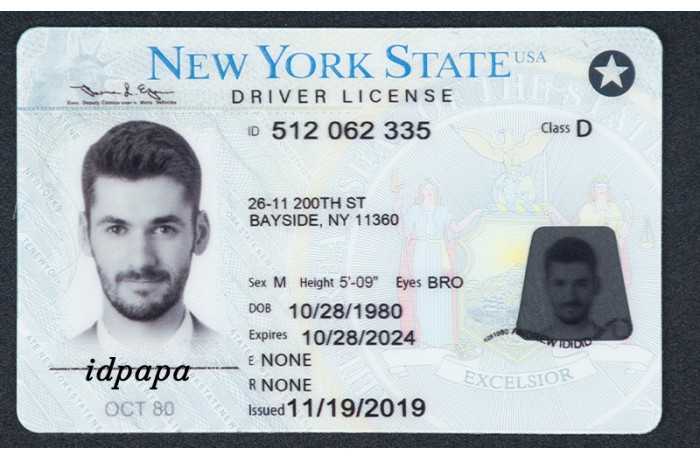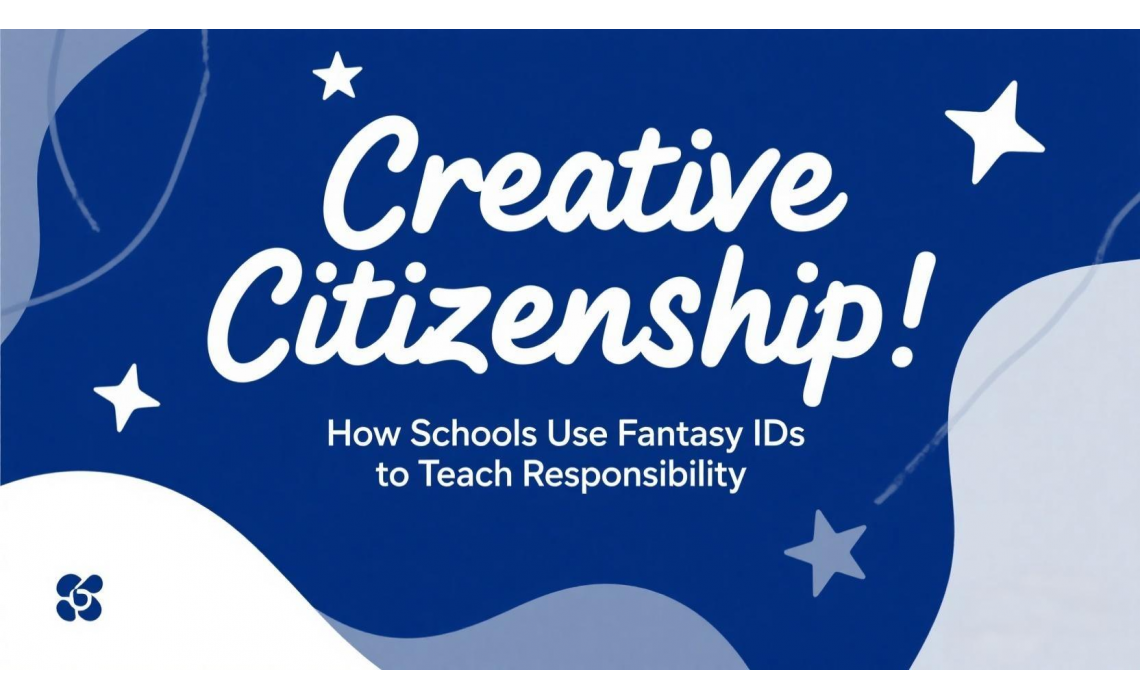Creative Citizenship: How Schools Use Fantasy IDs to Teach Responsibility
Creative Citizenship: How Schools Use Fantasy IDs to Teach Responsibility

In today’s classrooms, teaching responsibility can be a challenge, especially when students are distracted by screens, overstimulated by content, or unsure of how their actions affect the world around them. But what if we could reframe responsibility as something imaginative, exciting, and personal? That’s exactly what’s happening in schools using fantasy novelty ID order cards—badges that blend storytelling with real-life duties. These fantasy roles, such as “Minister of Classroom Cleanliness,” “Ambassador of Kindness,” or “Time Wizard,” give students playful identities that carry meaningful responsibilities. The result? A new kind of classroom citizen: one who learns to lead, serve, and grow with pride.
Story-Driven Roles That Inspire Real Actions
Fantasy IDs work by anchoring classroom responsibilities to fun, character-driven titles. Instead of assigning a “trash picker,” teachers might crown a student the “Guardian of Clean Realms.” The water monitor becomes the “Hydration Sorcerer.” By weaving classroom jobs into storytelling, educators tap into students’ imagination—suddenly, everyday routines feel like missions, not chores.
This story-based approach boosts student engagement and encourages consistency. Kids are more likely to take pride in their tasks when they feel they’re part of a larger narrative. These roles also promote ownership, as students see themselves as important contributors to the “kingdom” or “world” of their classroom. Whether they’re keeping the peace as “Emissary of Fair Play” or protecting supplies as the “Stationery Sentinel,” they take their jobs seriously—because their characters do, too.
Teaching Responsibility Through Fantasy Frameworks
Responsibility doesn’t have to be taught through punishment or fear—it can be modeled, practiced, and celebrated. Fantasy IDs allow students to explore the consequences of action and inaction in a safe, supportive environment. For example, if the “Chief of Order” forgets to organize materials, the classroom feels the impact. But rather than shaming the student, the teacher can turn it into a teachable moment within the character’s story: “Looks like our Order Chief hit a bump in the realm. How can we help them regain their honor?”
This gentle, narrative-based correction encourages accountability without shame. It teaches students that mistakes are part of growth—and that leadership includes asking for help, trying again, and supporting others. These small daily acts of responsibility, reinforced by fantasy, start to shape lifelong habits of care, service, and integrity.

A Community Built on Contribution
When everyone in the class has a fantasy ID blog, students begin to see themselves as part of something bigger. They aren’t just completing tasks for a grade—they’re contributing to the success of their collective world. Each badge becomes a symbol of value and purpose. Students cheer each other on, exchange role-based tips, and even create alliances between characters (“The Kindness Knight will help the Peacekeeper today!”).
This creates a culture of positive peer pressure. Students don’t want to let their teammates down, not because they fear punishment, but because they care. This builds community, respect, and interdependence—qualities essential for strong citizens in any society, fantasy or real.

Flexible Integration Across Grades and Subjects
Fantasy IDs aren’t just for elementary classrooms. Middle and high school students can also benefit from creative role-based responsibility. A group project in a history class might include roles like “Chronology Commander” or “Primary Source Investigator.” In science, lab roles could include “Hazard Mage” for safety monitors or “Data Oracle” for students recording results. The fantasy element adds just enough fun to keep students engaged, while the roles remain rooted in real-world skills and expectations.
Teachers can rotate titles weekly, let students earn new roles through behavior or accomplishments, or even allow them to design their characters and job descriptions. This kind of autonomy further strengthens responsibility, as students take greater ownership over both the identity and the duties that come with it.
Final Thoughts: Fantasy That Forms Character
At its best, education is not just about information—it’s about formation. Fantasy novelty IDs offer a creative, joyful, and effective way to teach responsibility by letting students role-play who they could be. These aren’t just make-believe names—they’re identity-building experiences that teach students how to be reliable, thoughtful, and cooperative members of a community.
When students see themselves as characters with purpose, they begin to act with purpose. And in doing so, they learn that even the most imaginative stories can teach the most practical lessons—about accountability, kindness, and the kind of citizens we hope they’ll grow up to be.


